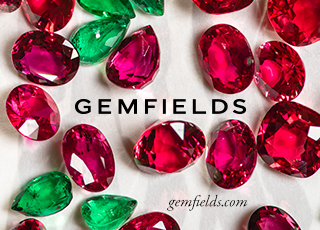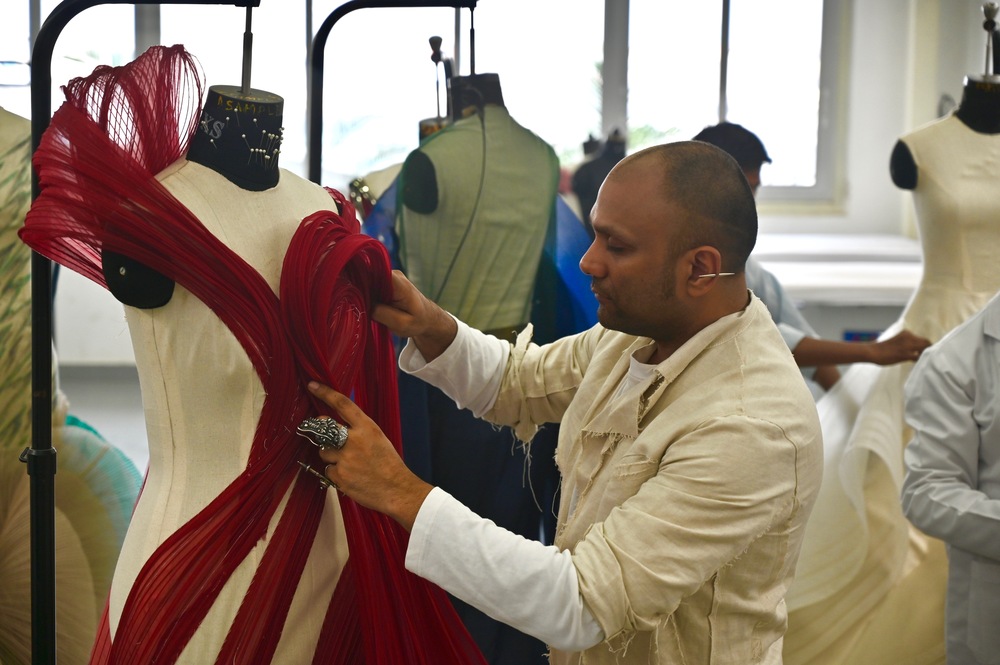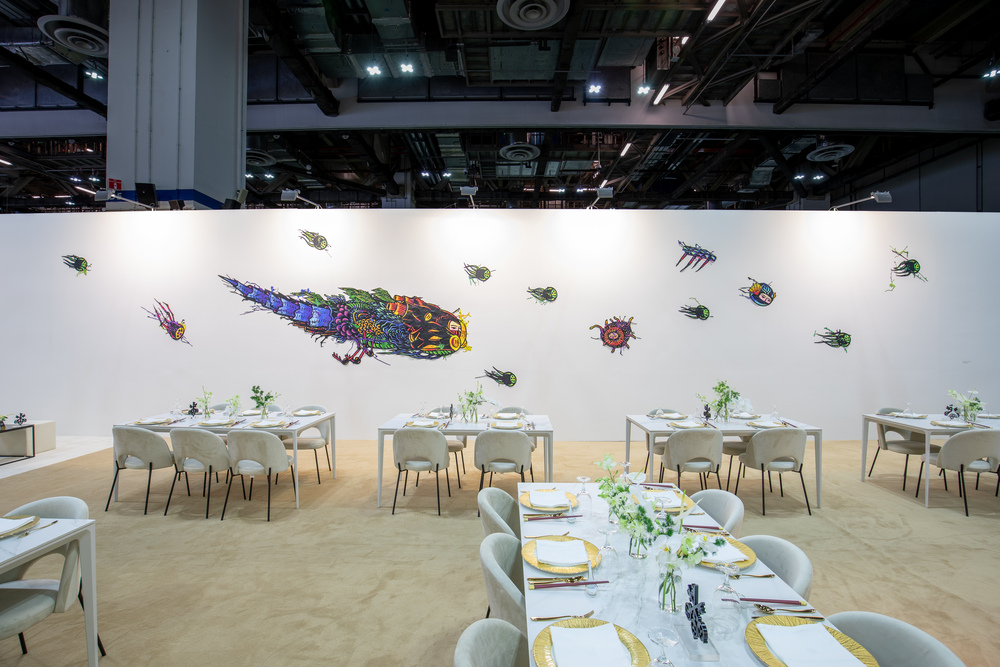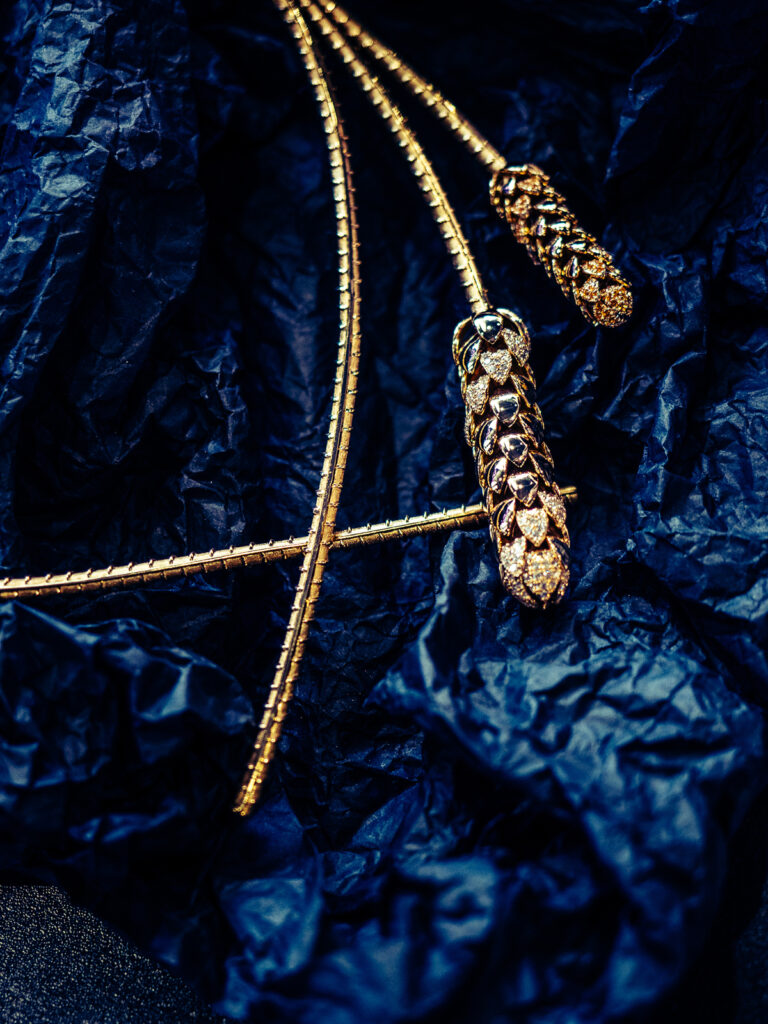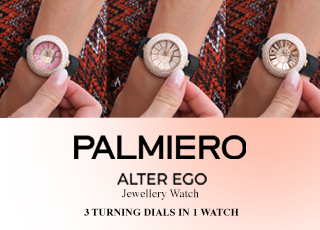Up until the mid 19th century, the only people in Burma (Myanmar) allowed to own rubies were the land’s top monarch and anyone he deemed worthy of such possession. Today, the chance to own top-calibre Burmese rubies is almost as elusive. That rare opportunity surfaced last month, when Christie’s offered a 15.99-carat ruby and diamond ring by Verdura at a live auction in New York.

It is not just the numbers that made this gem, named Jubilee Ruby, special. Rarely does a ruby of this size come with an almost circular cut, consistent colour, and clarity — despite having been spared heat treatment. In other words, this ruby’s beauty is all-natural, no makeover needed.
No surprise, then, that it sold for $14,165,000. The buyer also took home certifications from Swiss and American gemmological institutes saying the stone was untreated and came from Myanmar’s Mogok valley. Mogok rubies are known for their ‘pigeon’s blood’ hue, a highly saturated red. They’re also characterised by a natural fluorescence, “which has the effect of making the stone come alive and appear internally illuminated,” says Rahul Kadakia, International Head of Jewellery at Christie’s.


There were other rare beauties worth mentioning at the auction as well. There was a 10.07-carat, brilliant-cut diamond of a rare intense purple-pink colour; a necklace from India’s Mughal Empire with diamonds, spinels and emeralds; and a collection curated by specialist Daphne Lingon that included 1920s Art Deco pieces by Van Cleef & Arpels and a 1940s bangle by Jean Schlumberger.


